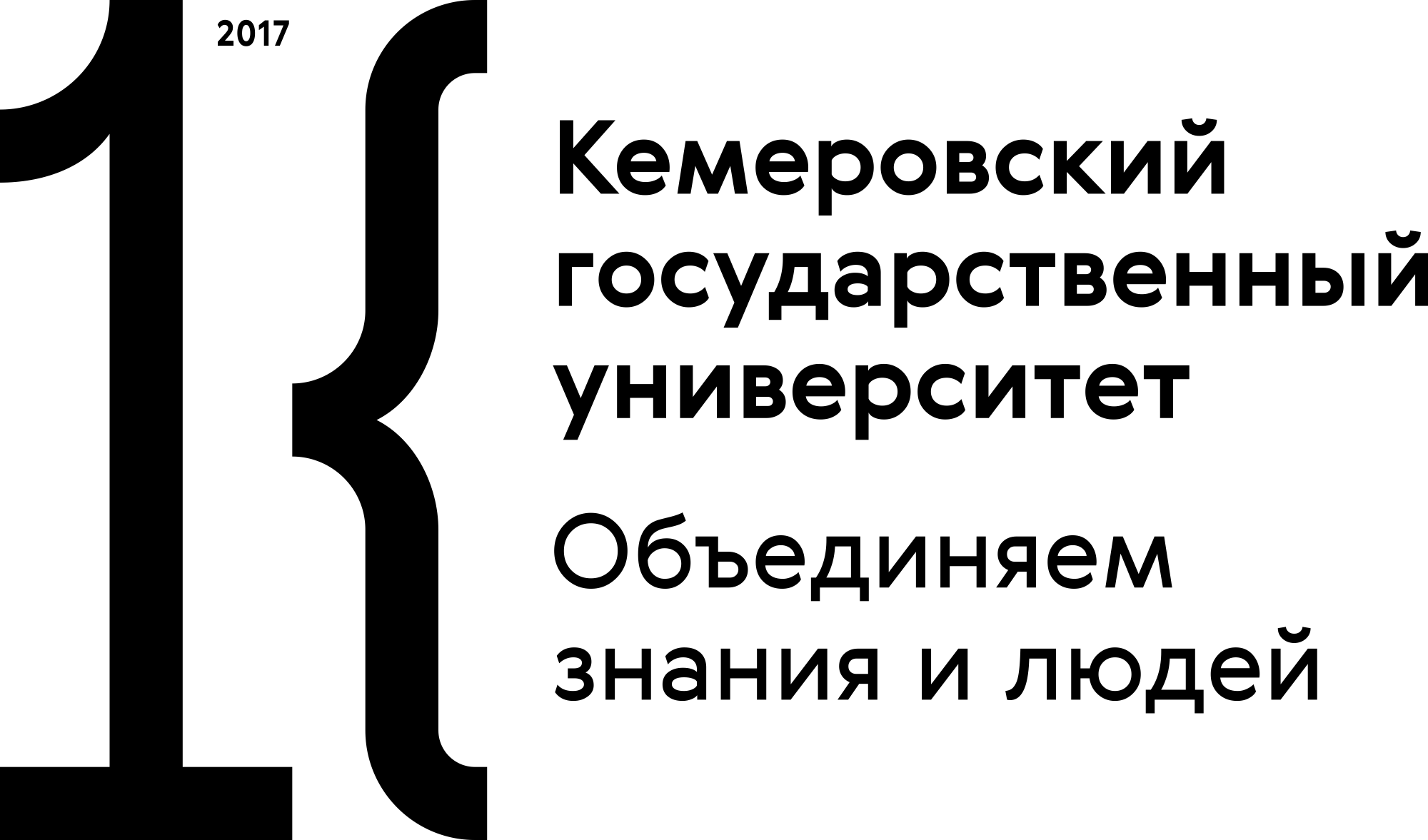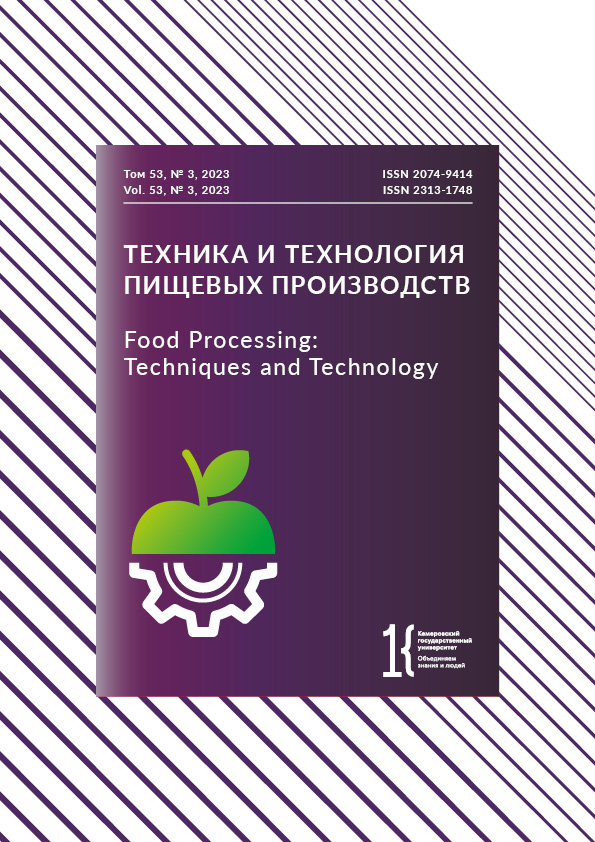Ачех, Индонезия
Ачех, Индонезия
Из банановой кожуры получается биодеградируемый пластик высокой прочности и прозрачности. Он естественным образом разлагается в окружающей среде и может заменить традиционный пластик, который, в силу своего медленного разложения, является опасным источником загрязнения. Целью данного исследования являлось изучение физических свойств биоразлагаемой пленки, изготовленной из крахмала, полученной при помощи метода литьевого раствора из банановой кожуры с глицерином в качестве пластификатора. В исследовании применялась факторная полностью рандомизированная модель с двумя повторениями. В качестве факторов выбраны: концентрация крахмала банановой кожуры (6, 8 и 10 %) и концентрация глицерина (2, 5 и 8 %). Данные были подвергнуты дисперсионному анализу (ANOVA). В ходе эксперимента изучены: прочность на разрыв, удлинение, поглощение воды и биодеградация. Функциональные группы образцов биоразлагаемых пленок анализировали при помощи инфракрасной спектроскопии с преобразованием Фурье. Морфологическую структуру экспериментального пластика изучали с помощью сканирующей электронной микроскопии. По результатам теста на биоразлагаемость образец с меньшим содержанием крахмала (6–8 %) разлагался быстрее. Более высокие концентрации глицерина (5–15 %) привели к утяжелению образцов. Образцы пластика с 15 % глицерина разлагались быстрее, чем образцы с минимальным содержанием глицерина. Высокая концентрация крахмала из банановой кожуры существенно влияла на прочность и удлинение, а влияние на содержание воды и водопоглощающую способность оказалось незначительным. Концентрация глицерина оказала значительное влияние на содержание воды и прочность, при этом эффект на водопоглощающую способность и удлинение был незначительным. Соотношение между концентрацией крахмала из банановой кожуры и глицерина существенно влияло на прочность и водопоглощающую способность экспериментального образца биоразлагаемого пластика. Наилучшие результаты продемонстрировал образец с 8 % крахмала из банановой кожуры и 2 % глицерина. Исследование выявило новые возможности использования банановой кожуры в качестве сырья для производства биоразлагаемой упаковки и альтернативы традиционному пластику. Коммерциализация и масштабируемость проекта требуют дальнейших исследований.
Банановая кожура, крахмал, биодеградация, процесс разложения, проницаемость, пластик, экстракция
1. Kadam P, Datta S. Production of Biodegradable Plastic from Banana Peel. International Journal of Innovative Research in Science. Engineering and Technology. 2020;9(7):6177–6185. https://www.ijirset.com/upload/2020/july/141_PRODUCTION_NC.PDF
2. Lilis K, Wahyu S, Sapta Hadi K. Characteristic of ascorbic acid in crosslinked chitosan edible film as drug delivery system membrane. MATEC Web of Conferences. 2018;154:01027. https://doi.org/10.1051/matecconf/201815401027
3. Saleh ERM, Utami S. Characteristics of biodegradable plastic from mulu bebe banana peel starch with the addition of chitosan and glycerol plasticizer. Conference Series: Earth and Environmental Science. 2023;1177:012047. https://doi.org/10.1088/1755-1315/1177/1/012047
4. Dalimunthe NF, Al Fath MT, Taslim, Samosir ML, Sianipar DJ. The effect of additional kepok banana blossom (Musa paradisiaca normalis) on mechanical properties of pectin-edible film as packaging. Conference Series: Earth and Environmental Science. 2024;1352:012008. https://doi.org/10.1088/1755-1315/1352/1/012008
5. Irmayanti I, Juliani J, Anwar C, Irhami I, Aprita IR. Pengaruh penambahan tepung melinjo (Gnetum Gnemon linn.) dan lama pengukusan terhadap sifat fisik dan uji hedonik flakes. Serambi Journal of Agricultural Technology. 2023;5(1):36–46. https://doi.org/10.32672/sjat.v5i1.6168
6. Irmayanti I, Sunartaty R, Anwar C. Rich in fiber biscuits formulation with katuk leaf flour fortification (Sauropus androgynus) and roasting time variation. Serambi Journal of Agricultural Technology. 2019;1(2):66–73. https://doi.org/10.32672/sjat.v1i2.1599
7. Darni Y, Utami H. Development of Environmentally Friendly Bioplastic from Sorghum Starch: Study on Manufacturing and Characterization of Mechanical Properties. Jurnal Teknik Kimia Universitas Diponegoro. 2021;9(2):87–95. https://jurnal.usk.ac.id/RKL/article/view/79/73
8. Amalia D, Saleh D, Djonaedi E. Synthesis of biodegradable plastics using corn starch and corn husk as the fillers as well as chitosan and sorbitol. Journal of Physics: Conference Series. 2020;1442:012007. https://doi.org/https://doi.org/10.1088/1742-6596/1442/1/012007
9. Fitrianti Y, Azzahra RT, Kusumawati E, Keryanti. Pengaruh Penambahan Polyvinyl Alcohol (PVOH) pada Biofoam dari Tepung Biji Nangka dan Ampok Jagung dengan Metode Thermopressing. Jurnal Teknik Kimia USU. 2023;12(2):100–107. https://doi.org/10.32734/jtk.v12i2.9228
10. Cerqueira MA, Souza BWS, Teixeira JA, VicenteAA. Effect of glycerol and corn oil on physicochemical properties of polysaccharide films – A comparative study. Food Hydrocolloids. 2023;27(1):175–184. https://doi.org/10.1016/j.foodhyd.2011.07.007
11. Galietta G, Di Gioia L, Guilbert S, Cuq B. Mechanical and Thermomechanical Properties of Films Based on Whey Proteins as Affected by Plasticizer and Crosslinking Agents. Journal of Dairy Science.1998;81(12):3121–3130. https://doi.org/10.3168/jds.S0022-0302(98)75877-1
12. Abdillahi H, Chabrat E, Rouilly A, Rigal L. Influence of citric acid on thermoplastic wheat flour/poly (lactic acid) blends. II. Barrier properties and water vapor sorption isotherms. 2013;50:104–111. https://doi.org/10.1016/j.indcrop.2013.06.028
13. Amatullah AN, Kemala T, Irawadi TT. The Heat Resistant Capabilities of Bioplastic Composites on Sago Hampas Starch-Al2O3. Jurnal Rekayasa Kimia dan Lingkungan. 2022;17(2):97–103. https://doi.org/10.23955/rkl.v17i2.25520
14. Praseptiangga D, Maimuni BH, Manuhara GJ, Muhammad DRA. Mechanical and Barrier Properties of Semi Refined Kappa Carrageenan-based Composite Edible Film and Its Application on Minimally Processed Chicken Breast Fillet. Conference Series: Materials Science and Engineering. 2018;333:012086. https://doi.org/10.1088/1757-899X/333/1/012086
15. Arifin HR, Indiarto R, Ciptaningtiyas D. . Physical characteristics of edible film from modified breadfruit starch (Artocarpus atilis F.) with glycerol. Conference Series: Earth and Environmental Science.2020;443:012028. https://doi.org/10.1088/1755-1315/443/1/012028
16. Ginting MHS, Hasibuan R, Lubis M, Tanjung DS, Iqbal N. Effect of Hydrochloric Acid Concentration as Chitosan Solvent on Mechanical Properties of Bioplastics from Durian Seed Starch (Durio Zibethinus) with Filler Chitosan and Plasticizer Sorbitol. Conference Series: Materials Science and Engineering. 2017;180:012126. https://doi.org/10.1088/1757-899X/180/1/012126
17. Ermawati TA, Rahmadhia SN. Physico-chemical characteristics of edible film from breadfruit starch (Artocarpus altilis) and beeswax. Advances in Food Science, Sustainable Agriculture and Agroindustrial Engineering. 2023;6(4):325–337. https://doi.org/10.21776/ub.afssaae.2023.006.04.1
18. Li Y, Duan Q, Yue S, Alee M, Liu H. Enhancing mechanical and water barrier properties of starch film using chia mucilage. International Journal of Biological Macromolecules. 2024;274:133288. https://doi.org/10.1016/j.ijbiomac.2024.133288
19. Vijayakumar V, Nam SY. A Review of Recent Chitosan Anion Exchange Membranes for Polymer Electrolyte Membrane Fuel Cells. Membranes. 2022;12(12):1265. https://doi.org/10.3390/membranes12121265
20. Ratna R, Hari M, Syafriandi S. Pemanfaatan Pektin Kulit Pisang Kepok (Musa paradisiaca L.) Untuk Pembuatan Kemasan Edible film Dengan Penambahan Gliserol Sebagai Plasticizer. Rona Teknik Pertanian. 2022;15(1):97–107. https://doi.org/10.17969/rtp.v15i1.23820
21. Fahrullah F, Kisworo D, Noersidiq A. Edible Film Based on Whey-Chia Seed: Physical Characterization with Addition of Different Plasticizers. Jurnal Penelitian Pendidikan IPA. 2023;9(10):8554–8565. https://doi.org/10.29303/jppipa.v9i10.4978
22. Pitak N, Rakshit SK. Physical and antimicrobial properties of banana flour/chitosan biodegradable and self sealing films used for preserving Fresh-cut vegetables. LWT - Food Science and Technology. 2011;44(10):2310-2315. https://doi.org/10.1016/j.lwt.2011.05.024
23. Echeverria L, da Silva C, Danesi EDG, Porciuncula BDA, Barros BCB. Characterization of okara and rice bran and their application as fat substitutes in chicken nugget formulations. LWT. 2022;161:113383. https://doi.org/10.1016/j.lwt.2022.113383
24. Dalimunthe NF, Al Fath MT, Taslim, Samosir ML, Sianipar DJ. The effect of additional kepok banana blossom (Musa paradisiaca normalis) on mechanical properties of pectin-edible film as packaging. Conference Series: Earth and Environmental Science. 2024;1352:012008. https://doi.org/10.1088/1755-1315/1352/1/012008
25. McHugh TH, Krochta JM. Sorbitol- vs glycerol-plasticized whey protein edible films: integrated oxygen permeability and tensile property evaluation. Journal of Agricultural and Food Chemistry. 1994;42(4):841–845. https://doi.org/10.1021/jf00040a001
26. Sanyang ML, Sapuan SM, Jawaid M, Ishak MR, Sahari J. Effect of Plasticizer Type and Concentration on Tensile, Thermal and Barrier Properties of Biodegradable Films Based on Sugar Palm (Arenga pinnata) Starch. Polymers. 2015;7(6):1106–1124. https://doi.org/10.3390/polym7061106
27. Mappamadeng AH, Amalia R. Optimization and Characterization of Physical–Mechanical Properties of Biodegradable Edible Films Based on Pectin from Breadfruit Peel for Food Packaging. Journal of Vocational Studies on Applied Research. 2022;4(1):1–6. https://doi.org/10.14710/jvsar.v4i1.14175
28. Hoque M, Janaswamy S. Biodegradable packaging films from banana peel fiber. Sustainable Chemistry and Pharmacy. 2024;37:101400. https://doi.org/10.1016/j.scp.2023.101400
29. Lai JCH, Mahesan D, Samat NASbA, Baini R. Characterization and optimization of extracted pectin from unripe banana and mango fruit peels. Materiakstoday: Proceedings. 2022;65:3020–3029. https://doi.org/10.1016/j.matpr.2022.03.580
30. Lilis K, Wahyu S, Kesuma SH. Characteristic of ascorbic acid in crosslinked chitosan edible film as drug delivery system membrane. MATEC Web of Conferences. 2018;154:01027. https://doi.org/10.1051/matecconf/201815401027
31. Oluwasina OO, Olaleye FK, Olusegun SJ, Oluwasina OO, Mohallem NDS. Influence of oxidized starch on physicomechanical, thermal properties, and atomic force micrographs of cassava starch bioplastic film. International Journal of Biological Macromolecules. 2019;135:282–293. https://doi.org/10.1016/j.ijbiomac.2019.05.150
32. Shiwei L, Yufei Li, Zhao S, Shao Z. Biodegradation of Typical Plastics: From Microbial Diversity to Metabolic Mechanisms. International Journal Molecular Sciences.2024;25(1):593. https://doi.org/10.3390/ijms25010593
33. Fibriarti BL, Feliatra, Amin B, Darwis. Biodegradation of LDPE plastic by local strain of Bacillussp.isolated from dump soil of Pekanbaru, Indonesia. Biodiversitas Journal of Biological Diversity. 2021;22(12):5484–5490. https://doi.org/10.13057/biodiv/d22123234.
34. Mueller R-J. Biological degradation of synthetic polyesters—Enzymes as potential catalysts for polyester recycling. Process Biochemistry. 2006;41(10):2124–2128. https://doi.org/10.1016/j.procbio.2006.05.018
35. Rusdianto AS, Usman M, Lindriati T, Ruriani E, Mahardika NS. The Characterization of Biodegradable Plastics from Cassava Starch with Varried Addition of Robusta Coffee Skin (Coffea canefora) and Glycerol. International Journal on Food, Agriculture, and Natural Resources. 2022;3(3):34-38. https://doi.org/10.46676/ij-fanres.v3i3.68
36. McCrum NG, Buckley CP, Bucknal CB. Principles of Polymer Engineering. Oxford University Press, 2021. 464 p.
37. Song JH, Murphy RJ, Narayan R, Davies GBH. Biodegradable and compostable alternatives to conventional plastics. Philosophical Transactions of the Royal Society B: Biological Sciences. 2009;364(1526):2127–2139. https://doi.org/10.1098/rstb.2008.0289
38. Tanjung DA, Jamarun N, Lubis R. Optimization of malic anhydrate concentration in manufacturing PP-g-MA compatibilizer on test percent of grafting degree. Jurnal Natural. 2024;24(2):93–97. https://doi.org/10.24815/jn.v24i2.35317
39. Coates JP. Interpretation of infrared spectra: Recent advancements and applications. Applied Spectroscopy Reviews. 1996;31:179–192. https://doi.org/10.1080/05704929608000568
40. Czaikoski A, da Cunha RL, Menegalli FC. Rheological behavior of cellulose nanofibers from cassava peel obtained by combination of chemical and physical processes. Carbohydrate Polymers. 2020;248:116744. https://doi.org/10.1016/j.carbpol.2020.116744
41. Charoensopa K, Thangunpai K, Kong P, Enomae T, Enomae T, Ploysri W. Extraction of Nanocellulose from the Residue of Sugarcane Bagasse Fiber for Anti-Staphylococcus aureus (S. aureus) Application. Polymers. 2024;16(11);1612. https://doi.org/10.3390/polym16111612
42. Thuppahige VTW, Moghaddam L, Welsh ZG, Wang T, Xiao H-W, Karim A. Extraction and characterisation of starch from cassava (Manihot esculenta) agro-industrial wastes. LWT. 2023;182:114787. https://doi.org/10.1016/j.lwt.2023.114787
43. Ferreira DCM, Molina G, Pelissari FM. Biodegradable trays based on cassava starch blended with agroindustrial residues. Composites Part B: Engineering. 2020;183:107682. https://doi.org/10.1016/j.compositesb.2019.107682
44. Algar AFC, Umali AB, Tayobong RRP. Physicochemical and functional properties of starch from Philippine edible Canna (Canna indica L.) rhizomes. Journal of microbiology, biotechnology and food sciences. 2019;9(1):34–37. https://doi.org/10.15414/jmbfs.2019.9.1.34-37
45. Baidurah S. Methods of Analyses for Biodegradable Polymers: A Review. Polymers. 2022;14(22):4928. https://doi.org/10.3390/polym14224928
46. Almalik A, Donno R, Cadman CJ, Cellesi F, Day PJ, Tirelli N. Hyaluronic acid-coated chitosan nanoparticles: Molecular weight-dependent effects on morphology and hyaluronic acid presentation. Journal of Controlled Release. 2013;172(3):1142–1150. https://doi.org/10.1016/j.jconrel.2013.09.03











